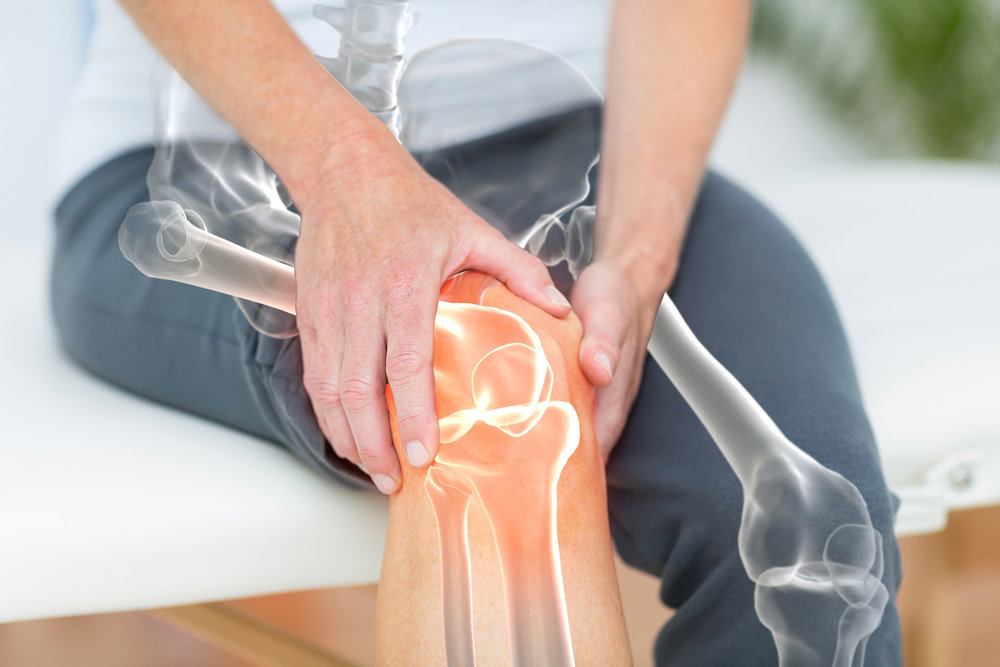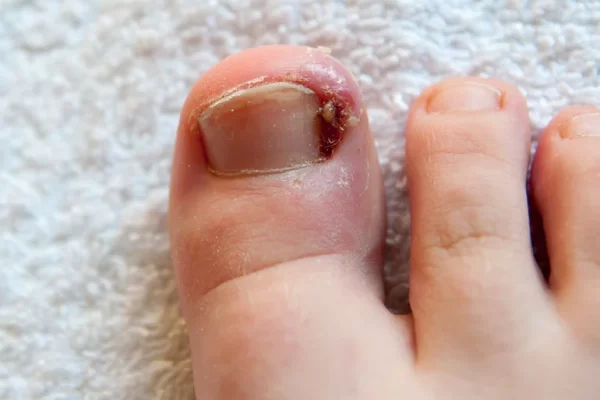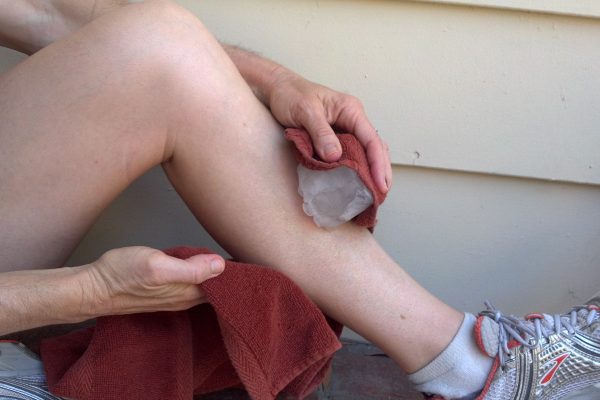Overview
Everyone experiences aches and pain once in a while. In fact, sudden pain is good for you because it keeps you alert to possible injury. When you’re hurt, pain signals travel through the nervous system, from the injured part through the spinal cord to the brain. As it heals, the pain becomes less and less severe. However, with chronic pain, the body continues sending pain signals to the brain even after the injury has already healed. This condition can last for weeks or even years, reducing the quality of your life. Chronic pain can limit your endurance, flexibility, strength, and even reduce your mobility, making it near impossible to complete even simple daily tasks. It may feel sharp, dull or may cause an aching or burning sensation. It may also be intermittent or consistent, coming and going for no reason. If you’re experiencing chronic pain, consult a Santa Monica, CA internal medicine physician for proper diagnosis and treatment.
Chronic pain can afflict any part of your body. It may feel different in the various areas affected, but most often includes headaches, postsurgical pain, post-trauma pain, lower back pain, cancer pain, arthritis pain, neurogenic pain due to nerve damage or psychogenic pain due to injury or disease. Chronic pain is the most common cause of long-term disability in the United States.
Causes of Chronic Pain
The most common cause of chronic pain is an initial injury, such as a pulled muscle or a back strain. Scientists believe that chronic pain develops due to extreme damage to the nerves. Nerve damage is the reason the pain feels more intense and long-lasting. This is why treating the injury may not solve the problem.
In other cases, you may experience chronic pain without prior injury. Here, the cause of the pain may be chronic fatigue syndrome characterized by pain and extreme weariness, endometriosis, where the uterine lining grows outside the uterus, fibromyalgia, where you experience pain in the bones and muscles, and inflammatory bowel syndrome that causes chronic pain in the digestive tract. Other causes of chronic pain without injury include interstitial cystitis marked by bladder pain and pressure, temporomandibular joint dysfunction where you experience painful locking and clicking of the jaw and vulvodynia where there’s a pain in the vulva for no reason.
Treatment
Chronic pain can affect anyone but is much more common in older adults. Other factors that increase the risk of chronic pain include being overweight, having an injury, and having surgery. When treating chronic pain, the main goal is to reduce pain, then boost mobility. This helps you resume your daily activities without any problems. The frequency and severity of the pain vary from individual to individual, thus the treatment plan created by the doctors will be specific to the patient. The pain management technique will depend on your symptoms and the associated health conditions. The doctor may implement lifestyle remedies, medical treatments, or a combination of both to treat you.
Some of the available types of medication include over-the-counter pain relievers such as ibuprofen, nonsteroidal anti-inflammatory drugs (NSAIDS), or acetaminophen. You may be given opioid pain relievers, which include hydrocodone, codeine, and morphine. You may also need to undergo relief-providing procedures such as electrical stimulation, which uses mild electric shocks through your muscles to reduce pain, acupuncture, nerve blocking or surgery.
I am an Ambitious girl with a special interest in writing and sharing my knowledge. I love to hangout with nature and learn from it. My words will display the power of nature to the best as I love to write about the environment.





